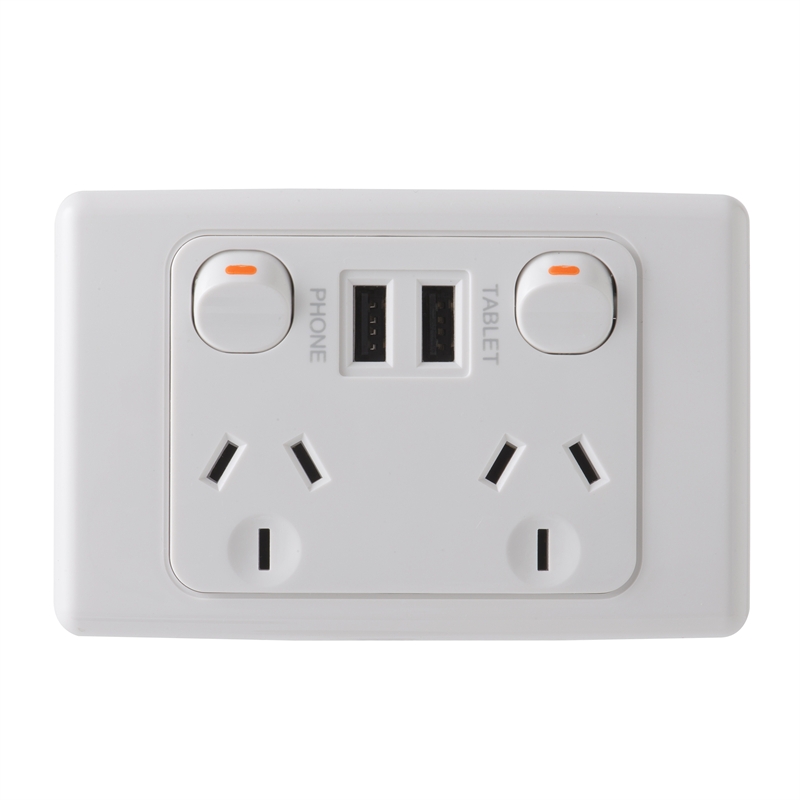What is the best Power Outlet, and why?
-
The British one. It has a switch and a fuse, and later versions have age-verification so your kids can no longer plug in your adult toys.
wrote on last edited by [email protected]And your adult toys must be licensed, of course. To protect the kids.
-
Type I
Earth pin doesn't cause the plug to murder your feet like the UK plug.
Angled pins to prevent cross polarisation.
Localised power switch per socket so you can turn something on or off with your toe and not bend down to unplug it.
Looks like a ghost face and when in the double gang formation the switches when on looks like the plate is high.

Also:
Thin stamped construction is cheap, but can still be fitted with sleeving on the live (active and neutral) pins like UK & europlug, but not US plugs. This prevents objects or fingers getting to live pins on a partially inserted plug.
Industry has agreed that leads exit either straight out, or down-and-right, so there is no conflict for horizontal or vertical sockets. Sockets are universally installed earth-down.
Reasonably compact.
-
Type I
Earth pin doesn't cause the plug to murder your feet like the UK plug.
Angled pins to prevent cross polarisation.
Localised power switch per socket so you can turn something on or off with your toe and not bend down to unplug it.
Looks like a ghost face and when in the double gang formation the switches when on looks like the plate is high.

The main problem with type I (and a few others) is that it's not recessed. If it comes loose a bit, you still have the problem of exposed live pins.
-
G - safest
Does this account for injuries from stepping on them?
-
Type I
Earth pin doesn't cause the plug to murder your feet like the UK plug.
Angled pins to prevent cross polarisation.
Localised power switch per socket so you can turn something on or off with your toe and not bend down to unplug it.
Looks like a ghost face and when in the double gang formation the switches when on looks like the plate is high.

Yep us Aussies have the objectively best plug.
-
I'd like to see a real world comparison between its safety and Type-F
Both are extremely safe
-
J. They look good and the plug is small
And if you don't have a ground pin it fits many EU plugs.
-
The British one. It has a switch and a fuse, and later versions have age-verification so your kids can no longer plug in your adult toys.
My toys are wireless...
-
The main problem with type I (and a few others) is that it's not recessed. If it comes loose a bit, you still have the problem of exposed live pins.
And the thin pins means that with any weight (wall-wart, etc.), it starts to come out.
Doubly so if it's set into thin plasterboard that already wobbles. -
The video explains it better than I could. But there is a cover mechanism that only opens when the longer earth pin is inserted
And if you have a bic ball pen lid handy you can insert a type F with a little bit of determination as well.
Do not try at home, obviously
-
Absolute best - G
Most practical as a common standard - FThe only thing G has best is the fuses, but the plug and socket shape is mid at best.
-
The video explains it better than I could. But there is a cover mechanism that only opens when the longer earth pin is inserted
Oh that's pretty cool. Closest thing I've seen to that in AU is a socket you have to twist from the ground port to access but it's definitely not standard.
-
I don’t know much about the others and this infographic doesn’t go into detail but Type G has a fused live, part-insulated live and neutral pins and the earth pin opens a shutter over the live and neutral in the socket itself.
Nice extra features and would be interesting to see if others have similar?
Type F doesn't have a shutter, but there are child safety shutters that fit the sockets

-
A useful source:
https://worldofsockets.comUSB. Most things don’t need AC power. We can get rid of wall warts and create a universal standard by including USB C ports on AC plugs.
-
A useful source:
https://worldofsockets.comAs an American, it's obviously Type-B, since you don't need an adapter to plug things in.
/s
-
A useful source:
https://worldofsockets.comType E and F plugs are not really a thing anymore, today it's more common to find combined Type E/F plugs.
Fuses in british plugs are a mistake and only a requirement because of sketchy practices allowed in british electrical code immediately after WW2. Nobody else does that because nowhere else electric code is built in such a way that it is necessary. Switch seems to be mildly useful tho
-
In my opinion it's Type-F
Because:
- It's bi-directional
- It's grounded and ungrounded plugs use the same socket
- It's already widespread (50+ countries) source
- Your fingers can't touch the live wire as you're plugging in a wire
- It's recessed
- Low footprint
- Accepts Type-C
Agreed. The best.
-
A useful source:
https://worldofsockets.comdoes type A just have no ground?
-
Earth pin has a mechanism to prevent kids inserting shit essentially
C/E/F also have shutters, probably more types do that too
-
The main problem with type I (and a few others) is that it's not recessed. If it comes loose a bit, you still have the problem of exposed live pins.
Pins are insulated since 2003.



